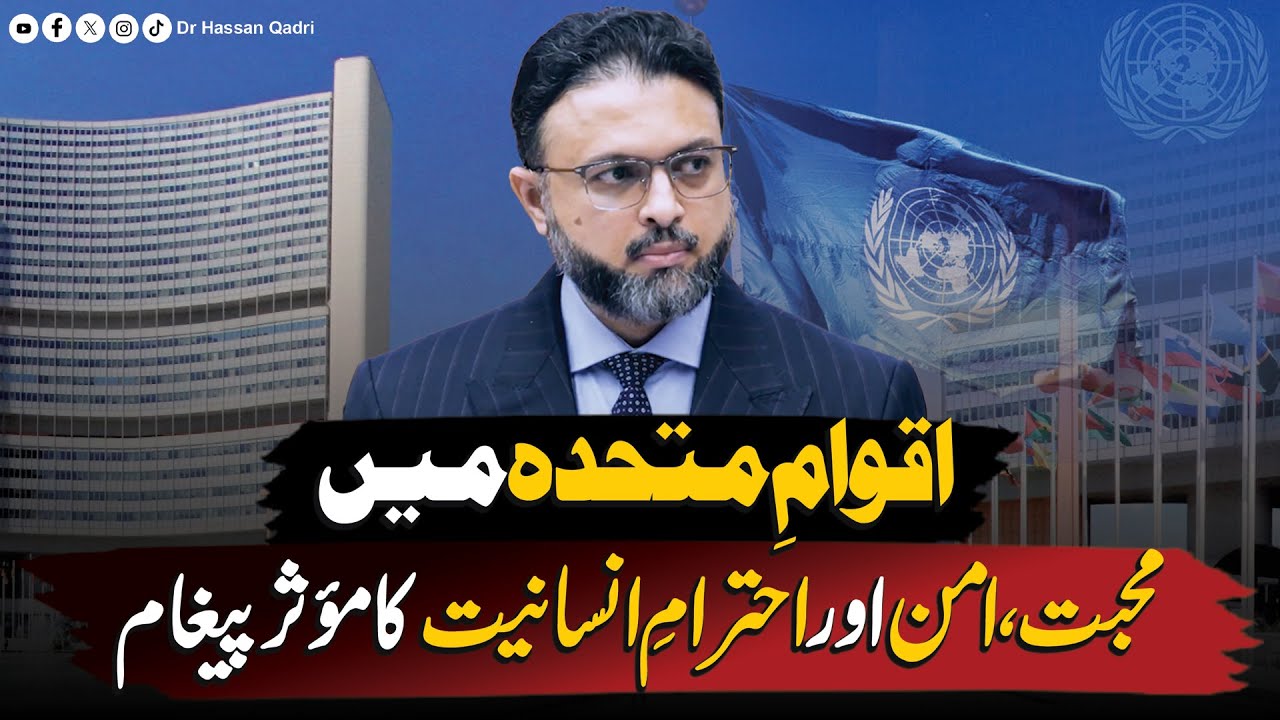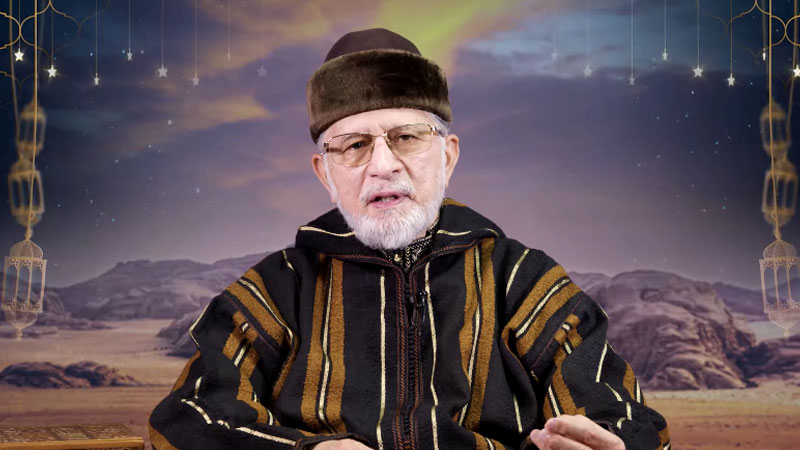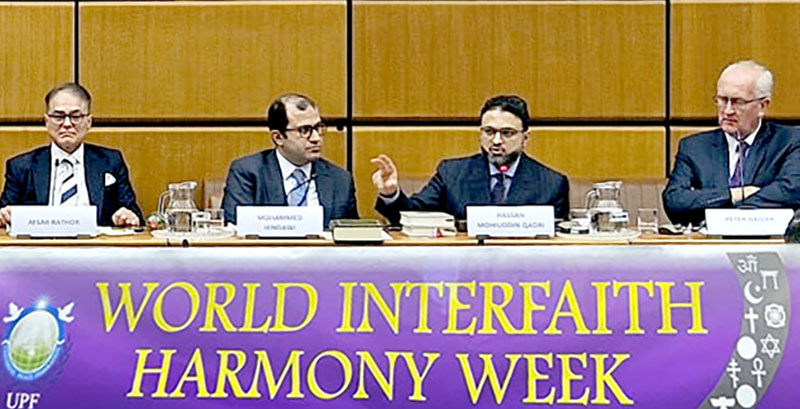Daily Times : In the wake of the tragic Lahore blasts
Friday, March 19, 2010
The discussion of the ethnicity of the Taliban and the success of the operations against them has received a new impetus. During the discussions, there are those who are identified as the Punjabi Taliban — who apparently also took responsibility for the chaos that reigned last week. Then there are some political analysts who believe that because of the successful military operations against the Tehrik-i-Taliban Pakistan (TTP) in the NWFP and FATA, the TTP splinter cells have merely re-located to Southern Punjab and are operating from there. Hence, according to them, it is the same TTP but with a different street address! A third attempt at understanding the Lahore attacks is the old-radical-in-a-new-bottle theory. This theory, which was also put forth this week in an editorial of a leading English newspaper, postulates that Southern Punjab, which has been no stranger to radical and extremist elements such as Jaish-e-Mohammad and Sipah-e-Sahaba Pakistan, might be lending administrative support to the TTP. The TTP, they believe, is finding it increasingly difficult to operate in the face of the successful military operations and also more effective intelligence gathering and sharing mechanisms. The Punjab chief minister seems to be struggling to condemn the attack in a way so as to keep his province’s interests paramount but also not imply that he is excluding the rest of Pakistan. His son is quick to defend him and the political shenanigans go on.
All the above explanations are attempts at further understanding the terrorism challenge that we are confronted with and most importantly the perpetrators of this challenge. An attempt to understand this is important, for with understanding comes clarity. It is important that we understand the mechanisms and multiple facets of the Pakistani Taliban, which has created such havoc in our political, social, economic and personal lives. It is because of the Pakistani Taliban that Pakistan suffered more suicide blasts than Iraq, making it the suicide capital of the world.
There are some who get impatient with the discussions and attempts to understand the TTP. As a friend remarked, “We spend our time on TV talk shows trying to understand whether the Taliban are Punjabi or Pathan while they strategise and successfully execute their plans.” There are also some well-meaning critics who lament the lack of intelligence and question how the terrorists can strike amidst all the security.
However, it is important not to lose hope. As the whole country mourns with Lahore, we should not forget that these are desperate reactions of a fledging terrorist organisation that has had many of its key leaders killed. The TTP is an organisation on the run. Six out of the eight blasts that rocked Lahore were meant to generate panic amongst the people. This is exactly what we have to avoid. The TTP understands psychological warfare well. They employ psy-warfare techniques, be it showing brutal videos of mutilations or placing low-intensity bombs. We need to avoid this trap, as having a knee-jerk reaction is exactly what the TTP wants us to do.
The extremism network in Pakistan has suffered major losses. They do not admit it but they have. The drone attacks, locally referred to as ‘the mosquitoes’ because of the hum that they make, have been responsible for killing many of their top leaders. For instance, as reported in an Urdu weekly magazine, Hum Shehri, in the last two years, 14 of their key commanders have been killed by drone attacks. Each one of these 14 commanders was instrumental in carrying out and supervising deadly attacks, both within Pakistan and abroad. For instance, Abu Laith al-Libi, a noted al Qaeda member of Libyan origin and a military planner and specialist in guerrilla warfare, masterminded the Bagram Air Base attacks in 2007. He was killed in South Waziristan in January 2008. Usama al-Kini from Kenya along with his lieutenant Sheikh Ahmed Salim Swedan was killed in a drone attack in 2009. Usama was believed to be involved in the Islamabad Marriott attacks. The key leader of the TTP, Baitullah Mehsud, was killed in August 2009 in South Waziristan, creating a huge leadership crisis in the TTP. In North Waziristan, Mustafa al Jaziri, who was a member of the al Qaeda Shura along with the so-called Punjabi Taliban, was also killed, thus creating another leadership deficit.
An organisation is effective only through its leaders and the extent to which they have the space to operate within the network. By means of the systematic and strategic attacks on the organisation of the extremist elements in Pakistan that are organised into various groups/factions, the battle is slowly but surely being won. However, it is imperative to understand that we need to win the war and not just the battle. While we rightly pat ourselves and the police, military and paramilitary forces for their work, we need to remind ourselves and them that the war is yet to be won.
Lahore is a tragic reminder. A reminder that we need to step up our efforts as well as the resources available to us to fight these extremist forces. The news of the US transferring Cobra helicopters, which are equipped for night flying, to Pakistan is welcome. The success of the drone attacks has already shown that they are instrumental in taking out strategic targets like the leaders mentioned above. The recent fatwa by Tahir-ul-Qadri that systematically discredits each and every argument used by the extremist elements — whether they be al Qaeda or the TTP — shows how the religious leaders can play their due role in this war. However, there is a need to remain consistent in our fight and not get involved in squabbles over statements issued by political leaders, conspiracy theories or the “hidden hand” theory. The only “hidden hand” here is that of the extremists who seek to violate our peace. We need to continue our efforts to expose them and keep them on the run.
Source : http://www.dailytimes.com.pk/default.asp?page=2010\03\19\story_19-3-2010_pg3_6















Comments